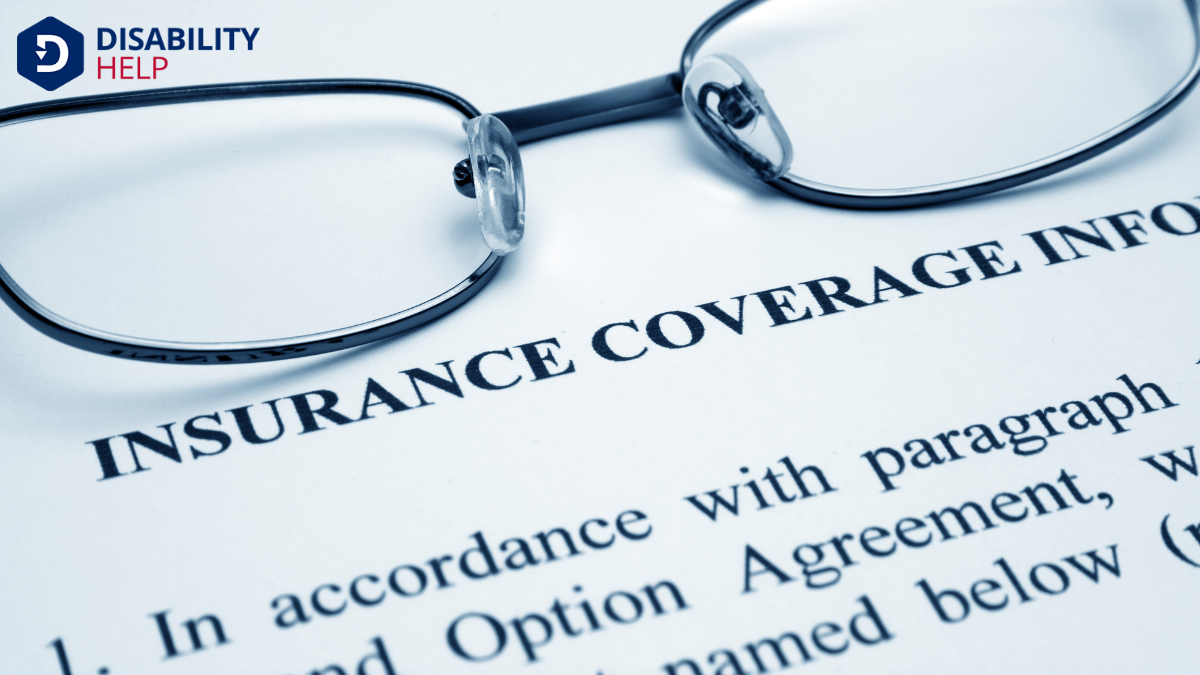When it comes to augmentative and alternative communication (AAC) devices, many of us wonder if insurance will cover the costs. Coverage can be tricky, as it depends on the specifics of your insurance plan and whether you meet certain criteria. Typically, insurers require a formal assessment and documentation of medical necessity. So, what steps can we take to improve our chances of getting coverage? Let's explore this further and uncover what options might be available.
Key Takeaways
- AAC devices are often covered by insurance if deemed medically necessary.
- A speech-language pathologist's assessment and prescription are typically required for insurance coverage.
- Documentation must include thorough evaluations and detailed reports for approval.
- Coverage varies by insurance type; MedicaidA U.S. government program that provides health coverage to eligible low-income individuals, includin..., MedicareA U.S. federal health insurance program for people aged 65 and older, and for some younger people wi..., and private plans may have different criteria.
- An appeals process is available for denied claims, often requiring additional documentation.
Understanding AAC Devices and Their Importance
Augmentative and Alternative Communication (AAC) devices are essential tools that empower individuals with communication difficulties to express themselves effectively.
These devices bridge the gap between thought and speech, offering a voice to those who struggle to communicate verbally. We all understand how vital it's to be heard and understood in our interactions.
AAC devices provide this opportunity through various forms, such as tablets with speech-generating software, symbol boards, and eye-tracking technology.
Insurance Coverage for AAC Devices: What You Need to Know

While AAC devices open doors to communication, obtaining them often presents challenges, particularly when managing insurance coverage. We must navigate policies that can feel overwhelming but knowing the right steps helps.
First, it’s vital to understand that insurance typically requires a formal assessment and prescription from a qualified speech-language pathologist. This professional evaluation is a key step in guaranteeing the device is deemed medically necessary, a common requirement for coverage.
Next, let’s gather all required documentation, including detailed reports and recommendations. We should contact our insurance provider directly to clarify specific coverage terms and guarantee we follow their guidelines.
Factors Influencing Insurance Approval for AAC Devices
When seeking insurance approval for AAC devices, several factors come into play that can greatly influence the outcome.
First, we need to take into account the medical necessity of the device. Insurance providers often require proof that the device is essential for the individual's daily communication needs. A thorough evaluation from a speech-language pathologist can help support this claim.
Additionally, we should guarantee all necessary documentation, including medical records and detailed reports, is accurate and complete. Timing also matters; submitting requests early can prevent delays.
Insurance companies may have specific criteria for coverage, so understanding these guidelines is vital. Collaborating with healthcare providers and staying informed about policy requirements can enhance our chances of securing insurance approval for AAC devices.
Types of Insurance Plans That May Cover AAC Devices
Even though maneuvering insurance plans can be complex, understanding which types might cover AAC devices is vital.
First, let's consider private insurance plans, which often provide coverage for durable medical equipment, including AAC devices. Checking the specifics of our plan can reveal if such coverage applies.
Next, Medicaid may cover AAC devices as they fall under medically necessary equipment, though this varies by state. It's important to verify state-specific guidelines.
Medicare, another option, might cover AAC devices under certain conditions, particularly if they're deemed essential for communication.
Finally, some Children's Health InsuranceA system for paying for medical services, often covering preventive, diagnostic, and treatment costs... Programs (CHIP) offer coverage for AAC devices for eligible children.
Exploring these options can help us determine the best path for obtaining necessary coverage.
Steps to Increase the Likelihood of Insurance Coverage

To increase the likelihood of insurance coverage for AAC devices, we should start by gathering detailed documentation that supports the medical necessity of these devices.
This evidence is vital for convincing insurance companies. Here’s how we can enhance our chances:
- Consult with Healthcare Professionals: Obtain detailed evaluations and recommendations from therapists and doctors that describe the necessity of the AAC device.
- Collect Supporting Evidence: Gather any previous assessments, therapy notes, or progress reports that highlight the need for the device.
- Prepare a Letter of Medical Necessity: Have your healthcare provider draft an extensive letter explaining why the AAC device is essential.
- Understand Your Insurance Policy: Review the policy to identify specific coverage terms that apply to AAC devices.
Navigating the Appeals Process for Denied Claims
When we face a denial for AAC device coverage, it's essential to first understand the reasons behind it.
By identifying these reasons, we can craft effective appeal strategies to address the insurer's concerns.
Let's explore how we can strengthen our appeal and increase the chances of success.
Understanding Denial Reasons
Although receiving a denial for an AAC device insurance claim can be discouraging, understanding the reasons behind the decision is essential for maneuvering the appeals process effectively.
Let’s break down common denial reasons:
- Incomplete Documentation: We might've missed submitting vital medical records or assessments supporting the need for the AAC device.
- Lack of Medical Necessity: Insurers may claim that the device isn’t medically necessary, often due to insufficient evidence of its impact on daily living.
- Non-Covered Services: Sometimes, the device or related services mightn't be included in the policy's coverage.
- Policy Limitations: The claim might exceed limits set by the policy, such as coverage levels or frequency.
Understanding these reasons can guide us in building a stronger case for appeal.
Effective Appeal Strategies
Maneuvering the appeals process for denied AAC device claims requires thoughtful preparation and strategic action.
We must begin by thoroughly reviewing the denial letter to understand the specific reasons behind it. Gathering extensive documentation, including medical records, letters from healthcare professionals, and any relevant research supporting the device's necessity, strengthens our case.
Crafting a clear and concise appeal letter that directly addresses the insurer’s concerns is essential. We should highlight how the device improves quality of life and aligns with policy terms.
Staying organized and keeping track of deadlines guarantees we don’t miss important opportunities to present our case. If needed, we can seek assistance from advocates or legal experts specializing in insurance appeals to bolster our efforts.
Additional Financial Assistance Options for AAC Device Acquisition
While maneuvering through the complexities of acquiring an AAC device, we may discover that insurance coverage alone often falls short.
Fortunately, there are additional financial assistance options available to us. First, let's explore nonprofit organizations that provide grants specifically for AAC devices.
Second, consider reaching out to state assistance programs offering support for individuals with disabilities.
Third, some charitable foundations focus on aiding families in need of communication devices.
Finally, don't overlook crowdfunding platforms, where we can share our story and seek support from the community.
By tapping into these resources, we can alleviate some of the financial burden and guarantee that those in need receive the essential tools for communication they deserve.
Together, we've got this.
Conclusion
In summary, we must be proactive and informed when seeking insurance coverage for AAC devices. Let’s make certain we have thorough documentation and a strong case for medical necessity. Understanding the specifics of our insurance plans, whether private or government-funded, is essential. If faced with a denial, we shouldn’t hesitate to navigate the appeals process. Remember, additional financial assistance options are available, so let’s explore every avenue to secure the communication tools we need.






